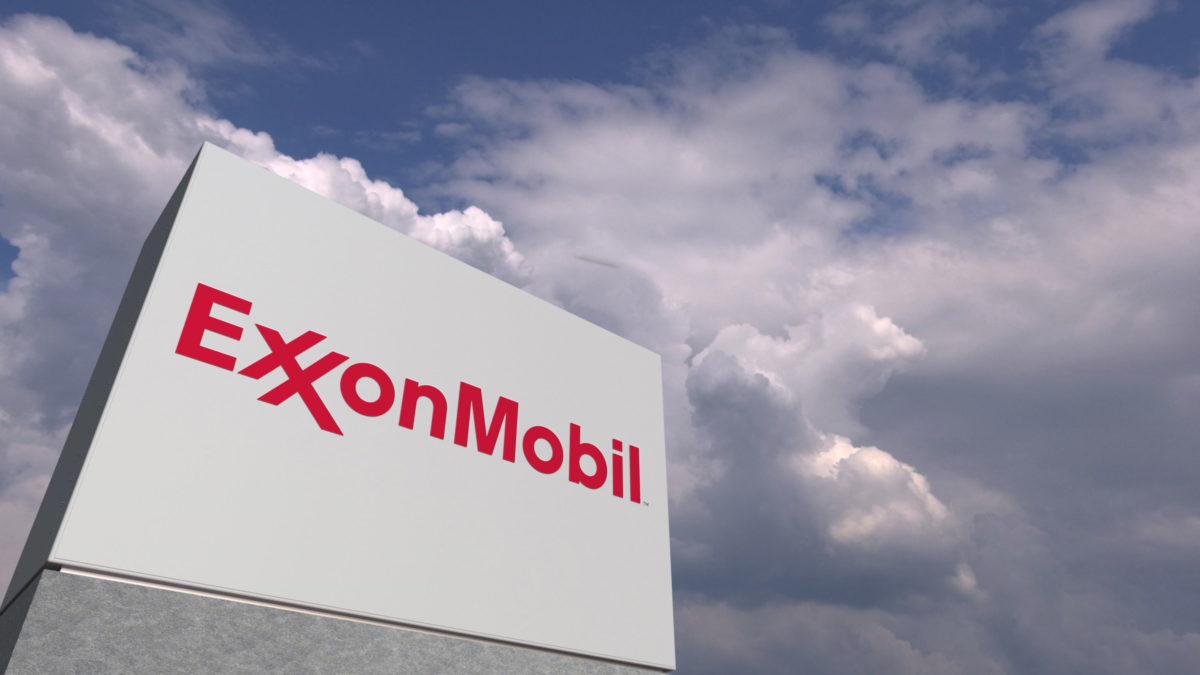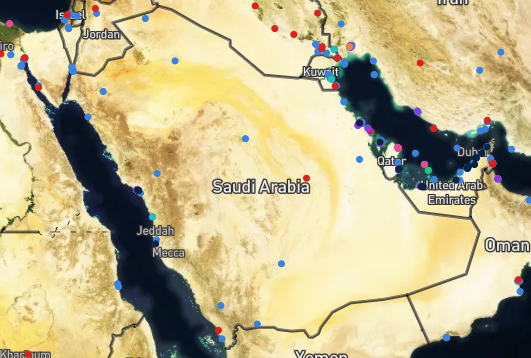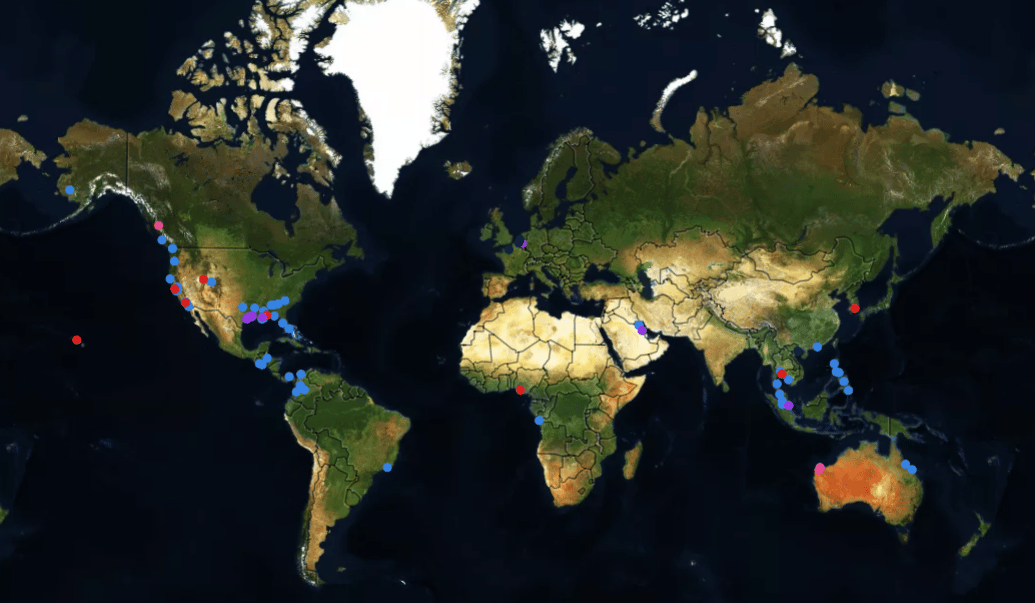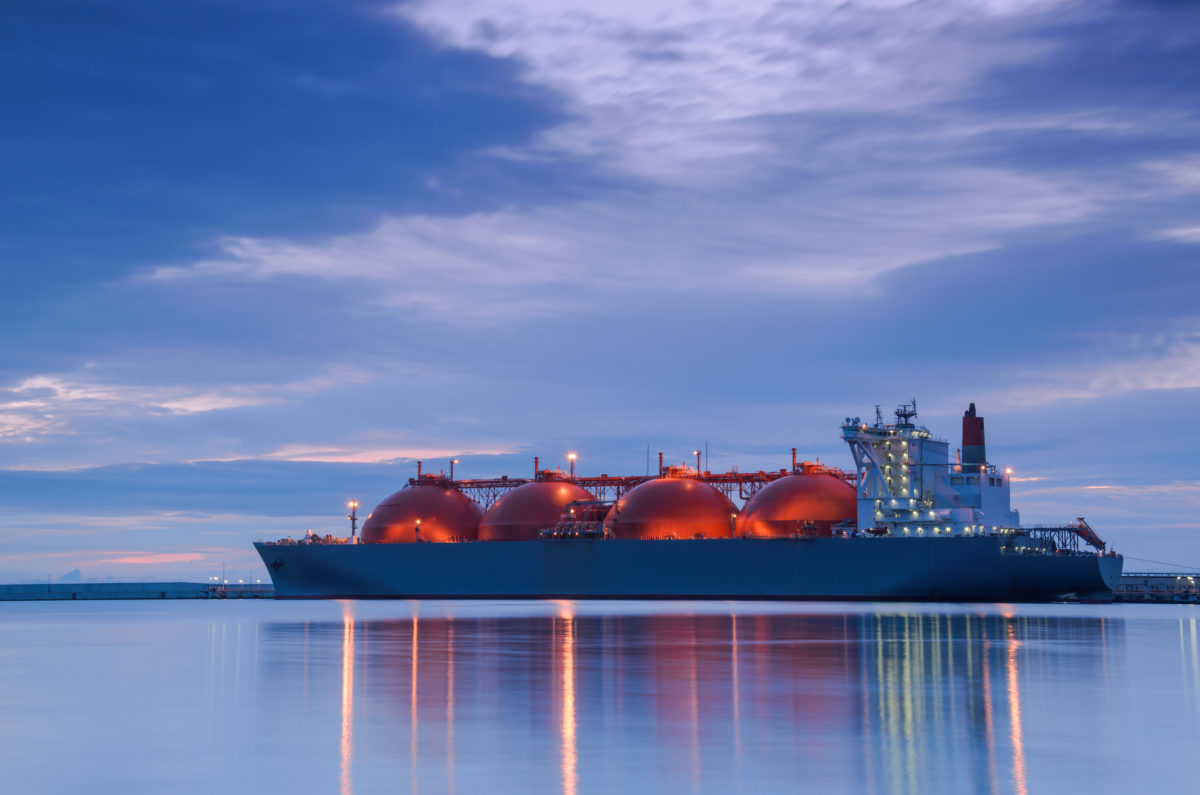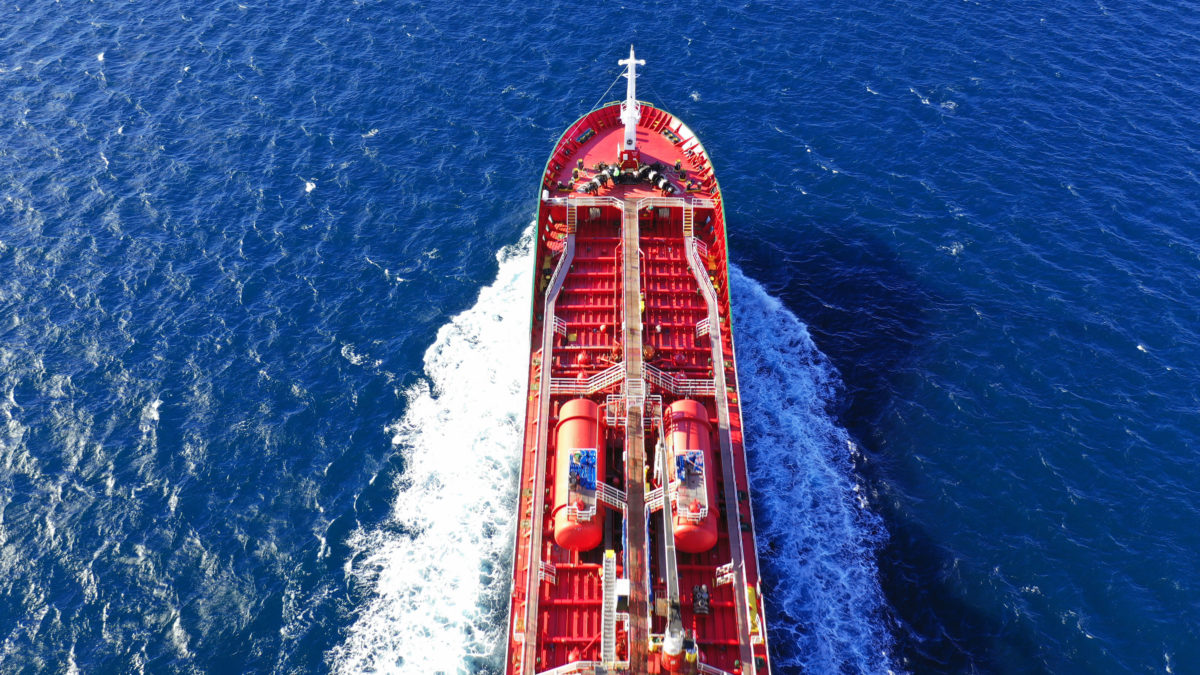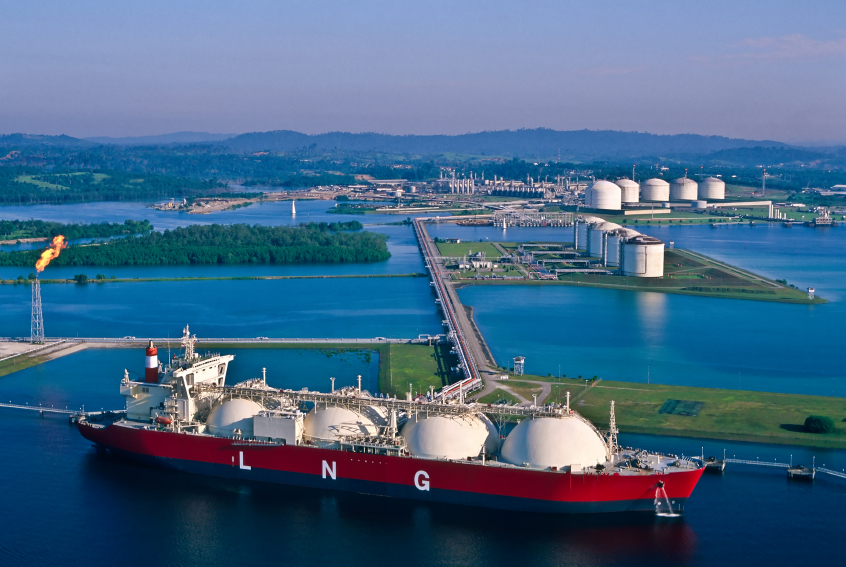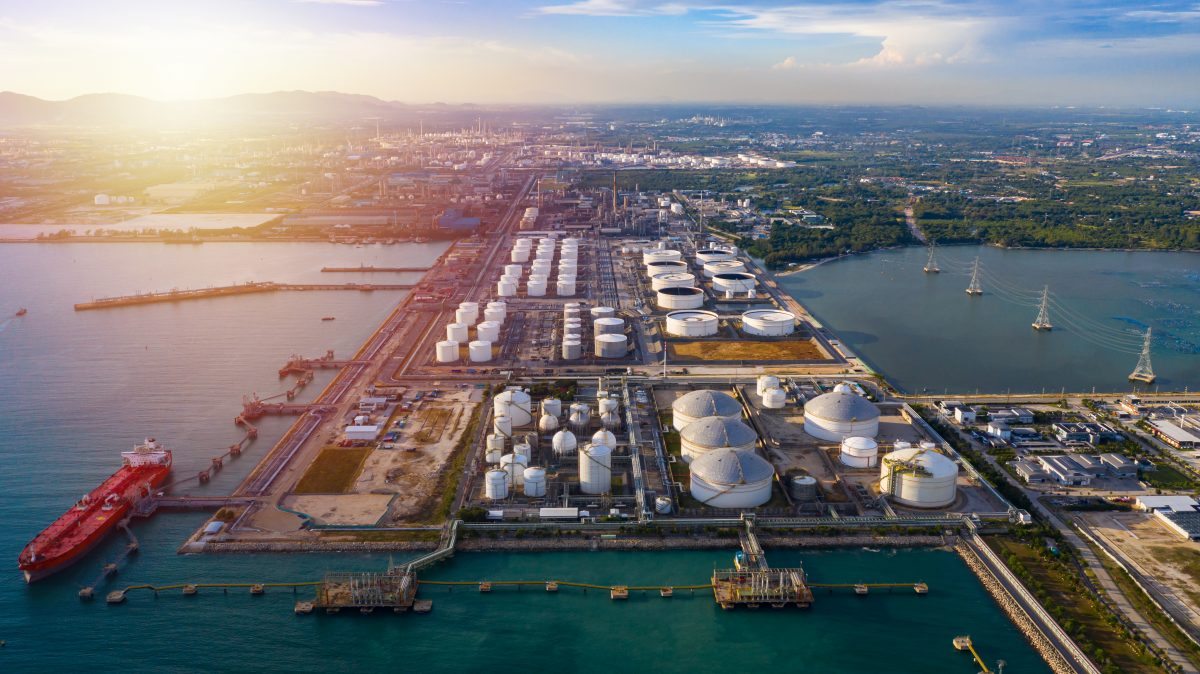Houston-based Exxon Mobil and fertilizer-maker CF Industries are partnering to make “blue” ammonia, a product the companies said could play an important role in decarbonizing industrial facilities such as refineries, petrochemical plants and power generators.
CF Industries, headquartered in suburban Chicago, said it will develop a $200 million carbon capture unit at its nitrogen facility south of Baton Rouge. Exxon will then, through a deal with pipeline company EnLink, move the carbon dioxide to Exxon’s geologic storage facility in Western Louisiana. The project is expected to be operational in early 2025.
Exxon said carbon capture projects are gaining new momentum because of incentives included in the Inflation Reduction Act signed into law in August. The oil major aims to make a name for itself in the carbon capture and management space, offering the services to facilities in Texas and Louisiana that are looking to slash their emissions.
“Exxon Mobil is providing a critical and scalable solution to reduce CO2 emissions,” Exxon’s Low Carbon Solutions President Dan Ammann said, “and we’re ready to offer the same service to other large industrial customers in the state of Louisiana and around the world.”
Through its new partnership with Exxon, CF Industries will capture 2 million metric tons of carbon dioxide from its Donaldsonville, La., facility that would otherwise be released into the air around its facility, the company said. Exxon says the carbon reduction is equal to replacing 700,000 gasoline-powered cars with electric vehicles.
Capturing the carbon created in its manufacturing process will enable CF Industries to market nearly 2 million metric tons per year of “blue” ammonia, the term used for products made with carbon capture technology that catches and stashes away emissions made during manufacturing.
Carbon-neutral ammonia, in particular, could play an important role in decarbonizing industrial facilities such as refineries, petrochemical facilities and power generation plants, the companies said. It can be used both as a fuel itself or as a way to make hydrogen fuels.
“CF Industries will be first-to-market with a significant volume of blue ammonia,” said CF Industries CEO Tony Will. “This will enable us to supply this low-carbon energy source to hard-to-abate industries that increasingly view it as critical to their own decarbonization goals.”
By Houston, September 20, 2022

